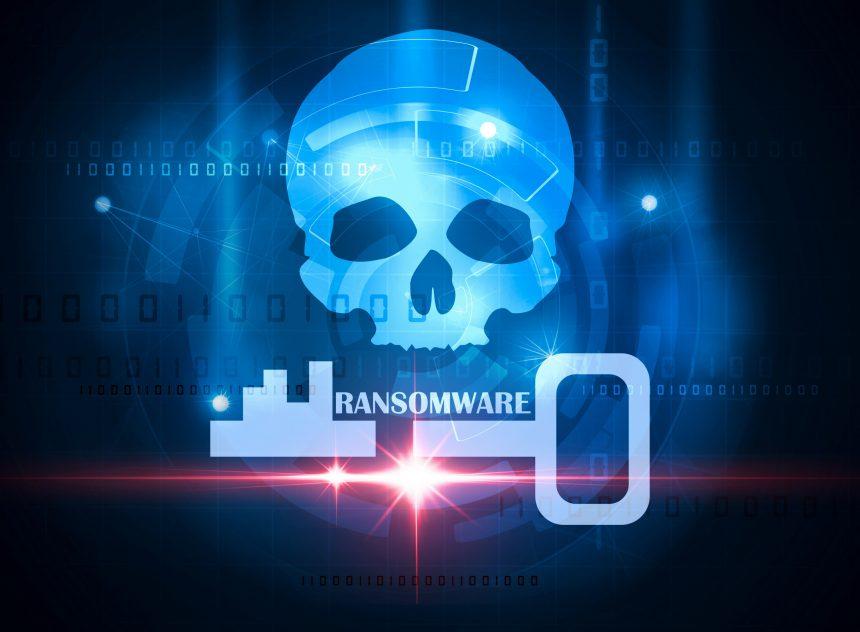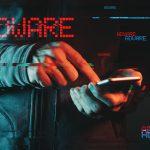New cyber threats continually emerge, challenging both individuals and organizations to stay vigilant. One such recent threat is the WAQA file virus, a type of ransomware that encrypts files on infected systems, demanding a ransom for their decryption. This article delves into the details of the WAQA file virus, its actions, consequences, and provides a comprehensive guide for its removal. Additionally, we will discuss best practices to prevent future infections and maintain cybersecurity.
Actions and Consequences of the WAQA File Virus
The WAQA file virus is a variant of ransomware, a type of malware that encrypts the victim’s files and demands a ransom for the decryption key. Upon infection, the virus scans the system for specific file types, including documents, images, and databases, and then encrypts them using a robust encryption algorithm. The encrypted files are often appended with a distinctive extension, such as “.waqa,” making them inaccessible to the user.
Actions Taken by the WAQA File Virus
- Infection Vector: The WAQA file virus typically spreads through phishing emails, malicious attachments, or drive-by downloads from compromised websites.
- File Encryption: Once executed, the malware encrypts targeted files, making them inaccessible to the user.
- Ransom Note: After encryption, the virus generates a ransom note, usually in a text file, demanding payment in cryptocurrency (e.g., Bitcoin) for the decryption key.
- Persistence Mechanisms: The malware often installs itself in the system registry or scheduled tasks to ensure it runs on startup, making it harder to remove.
Consequences of the WAQA File Virus
- Data Loss: Without the decryption key, the victim may permanently lose access to their data.
- Financial Loss: Paying the ransom does not guarantee data recovery and can lead to significant financial loss.
- Operational Disruption: For businesses, the infection can result in severe operational disruptions, affecting productivity and revenue.
- Potential for Further Attacks: Paying the ransom may encourage attackers to target the victim again in the future.
The WAQA Ransom Note
The WAQA ransomware leaves a ransom note on the desktop and in every folder of your computer that contains encrypted files. In the ransom note, the cyber criminals present their demands and communication demands. They offer to decrypt one file for free, as an insurance that once you pay the ransom they’ll be able to provide decryption. Communication with the hackers, however is strongly discouraged, as there is no guarantee that they will provide you the decryption tool/key after payment.
Here are the contents of the ransom note:
ATTENTION!
Don’t worry, you can return all your files! All your files like pictures, databases, documents and other important are encrypted with
strongest encryption and unique key.
The only method of recovering files is to purchase decrypt tool and unique key for you.
This software will decrypt all your encrypted files.
What guarantees you have?
You can send one of your encrypted file from your PC and we decrypt it for free.
But we can decrypt only 1 file for free. File must not contain valuable information.
You can get and look video overview decrypt tool:
https://we.tl/t-FCWSCsiEWS
Price of private key and decrypt software is $1999.
Discount 50% available if you contact us first 72 hours, that’s price for you is $999.
Please note that you’ll never restore your data without payment.
Check your e-mail “Spam” or “Junk” folder if you don’t get answer more than 6 hours.
×
To get this software you need write on our e-mail:
support@freshingmail.top
Reserve e-mail address to contact us:
datarestorehelpyou@airmail.cc
Your personal ID:
08440Skw
Detection Names for WAQA File Virus
Different antivirus vendors may identify the WAQA file virus under various names. Some common detection names include:
- Ransom.WAQA
- Trojan.Ransom.WAQA
- Ransom:Win32/WAQA
- Filecoder.WAQA
Similar Threats
The WAQA file virus is part of a broader category of ransomware. Similar threats include:
- STOP/DJVU Ransomware: Known for encrypting files and appending extensions like “.djvu.”
- Ryuk Ransomware: A notorious ransomware targeting large organizations.
- Sodinokibi (REvil) Ransomware: A highly sophisticated ransomware known for its large-scale attacks and high ransom demands.
Comprehensive Removal Guide
Step 1: Isolate the Infected Device
- Disconnect from the Network: Immediately disconnect the infected device from the internet and any local networks to prevent the spread of the virus.
- Power Off External Devices: Disconnect any external storage devices to avoid further encryption.
Step 2: Enter Safe Mode
- Restart the Computer: Reboot the computer and enter Safe Mode. This limits the virus’s ability to operate.
- For Windows: Press
F8(or the relevant key for your system) during startup and select “Safe Mode with Networking.”
Step 3: Remove Suspicious Programs
- Access Control Panel: Go to the Control Panel and uninstall any recently installed or suspicious programs.
- Check Task Manager: Open Task Manager (Ctrl + Shift + Esc) and end any unfamiliar processes.
Step 4: Delete Temporary Files
- Disk Cleanup: Use Disk Cleanup (type “Disk Cleanup” in the search bar) to delete temporary files that might contain malicious components.
Step 5: Remove Malicious Entries from the Registry
- Open Registry Editor: Type
regeditin the search bar and press Enter. - Backup the Registry: Before making changes, back up the registry by selecting “File” > “Export.”
- Delete Malicious Entries: Navigate to the following paths and delete any entries related to WAQA:
HKEY_CURRENT_USER\Software\Microsoft\Windows\CurrentVersion\RunHKEY_LOCAL_MACHINE\SOFTWARE\Microsoft\Windows\CurrentVersion\Run
Step 6: Restore Files from Backup
- Use Backup Solutions: If you have a recent backup of your files, restore them from there.
- Shadow Volume Copies: Attempt to recover files using Windows’ Shadow Volume Copies.
- Open Command Prompt as Administrator and type
vssadmin list shadowsto see available shadow copies. - Use file recovery software to restore from these copies if available.
Step 7: Monitor and Secure
- Enable Antivirus Software: Ensure your antivirus software is updated and run a full system scan.
- Update Software: Keep your operating system and all software updated with the latest security patches.
Best Practices for Preventing Future Infections
- Regular Backups: Maintain regular backups of important files on an external device or cloud storage.
- Phishing Awareness: Educate yourself and your employees on recognizing phishing emails and malicious links.
- Use Strong Passwords: Implement strong, unique passwords for all accounts and enable multi-factor authentication (MFA).
- Install Security Updates: Regularly update your operating system and software to protect against vulnerabilities.
- Employ Network Security: Use firewalls, intrusion detection systems, and endpoint protection to safeguard your network.
- Limit User Privileges: Restrict user permissions to minimize the impact of potential infections.
Conclusion
The WAQA file virus poses a significant threat to data security, with the potential for severe consequences if not promptly addressed. By understanding the actions and impacts of this ransomware, individuals and organizations can take informed steps to remove the infection and implement preventive measures to protect against future threats. Staying vigilant, maintaining regular backups, and practicing good cybersecurity hygiene are essential in the fight against ransomware.





